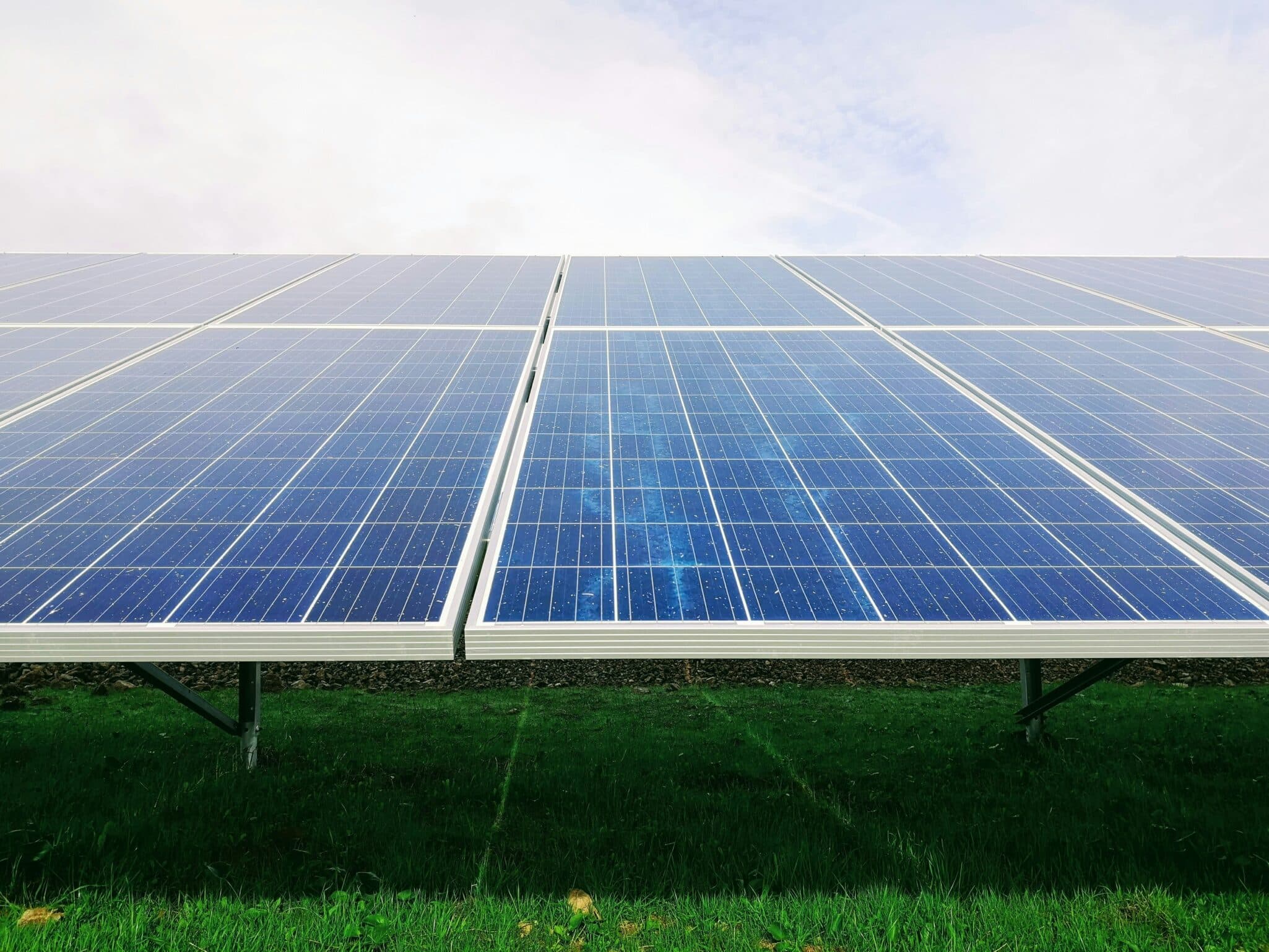Key Takeaways
- The Renewable Energy Institute (REI) published the English edition of its report Revitalizing Agriculture with Solar Sharing: Agri-PV Contributing to Local Prosperity
- The report highlights how solar sharing—installing solar panels above farmland—can address abandoned land and climate challenges while sustaining crop yields
- Successful case studies from Sosa City demonstrate how Agri-PV supports local economies and young farmers
- The report outlines barriers to expansion, including regulatory inconsistency, limited data-sharing, and insufficient government incentives
- REI provides recommendations to promote broader adoption of solar sharing in Japan and internationally
Solar Sharing Identified as a Key Strategy for Agricultural and Energy Resilience According To The Renewable Energy Institute
The Renewable Energy Institute (REI) has released the English version of its comprehensive report titled Revitalizing Agriculture with Solar Sharing: Agri-PV Contributing to Local Prosperity. Originally published in Japanese in March 2024, the report examines how solar sharing—known globally as agri-photovoltaics or Agri-PV—can simultaneously address the challenges of declining farmland, aging agricultural populations, and climate change.
Solar sharing refers to the installation of solar panels above cultivated land, allowing for continued agricultural use underneath. This method enables dual land use—supporting both food production and renewable energy generation—and is particularly suited to revitalizing underused or abandoned farmland.
Sosa City: A Model for Community-Led Solar Sharing
One of the report's focal points is Sosa City in Chiba Prefecture, where citizen-led efforts have resulted in over 40 solar sharing projects across the region. In Sosa's Iizuka district, more than 20 hectares of abandoned farmland have been reactivated through this model. The initiative began after the Fukushima disaster, with residents launching Japan’s first citizen-funded solar sharing project.
Projects in the area integrate organic crop cultivation with community energy generation. Notably, profits are reinvested into local infrastructure and agriculture, creating what The Renewable Energy Institute refers to as the “Sosa Model.”
Agronomic and Environmental Benefits Demonstrated
The Renewable Energy Institute report highlights that crop yields under solar panels must maintain at least 80% of the regional average to qualify for temporary farmland conversion. Successful examples from Sosa City and other parts of Japan show that not only are these yields achievable, but crop quality can also be improved—especially in hot climates, where shading reduces heat stress and water evaporation.
The report also notes a 50% reduction in methane emissions in rice paddies with solar panels, based on recent studies—a potential breakthrough in combining climate mitigation with food production.
Challenges and Policy Recommendations for National Expansion
Despite its benefits, solar sharing still faces barriers in Japan, according to the report. These include:
- Regional inconsistency in temporary farmland conversion permits
- Lack of centralized data sharing and empirical case studies
- Higher installation costs compared to ground-mounted systems
- Limited policy support and no national deployment targets
To address these, REI recommends expanding digital permitting systems, creating government-backed databases for sharing know-how, and introducing financial incentives for solar sharing projects—particularly those led by new farmers or targeting decarbonization goals.
Global Implications and Call for Strategic Integration By The Renewable Energy Institute
While focused on Japan, the report draws parallels with international practices in countries like South Korea, Germany, and Taiwan, where governments have integrated solar sharing into broader energy and agricultural strategies.
The Renewable Energy Institute concludes by urging Japanese authorities to treat solar sharing not only as an energy strategy but as an agricultural one. Setting national targets and aligning support schemes with decarbonization goals would unlock the potential of Agri-PV to make meaningful contributions to rural economies and climate resilience.
Read the entire report by The Renewable Energy Institute here.


